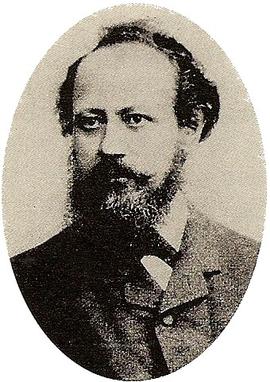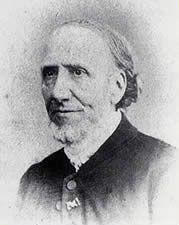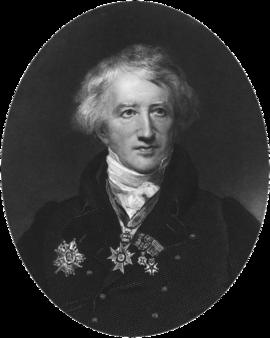Christian Anton Goering was a German naturalist, painter and graphic artist who spent several years in Venezuela. He learned taxidermy from his father, who was a member of several ornithological societies. It was at a meeting of one of these societies that he met Christian Ludwig Brehm who helped him obtain a position at the Ornithological Museum of the University of Halle, where he worked under the direction of Hermann Burmeister. From 1856 to 1858, they travelled in South America and he decided to pursue his interests in natural history. He also went to London, where he took lessons from the zoological artist Joseph Wolf. While he was there, the Secretary of the Zoological Society, Philip Lutley Sclater, asked him to go to Venezuela to collect specimens for the British Museum
Henry Lee was an English naturalist. He succeeded John Keast Lord as naturalist of the Brighton Aquarium in 1872, and was for a time a director. At the aquarium he instituted experiments on the migration of smelts, the habits of the herring, whitebait, crayfish, and other topics. Lee was an amateur collector of natural history specimens and microscopist. He was a Fellow of the Linnean Society, Geological Society and Zoological Society of London. He was president of the Quekett Microscopical Club from 1875-1877. Lee was sceptical of the claims of cryptozoology and sea serpents. His book Sea Monsters Unmasked (1884) compared sightings of the Kraken to the squid
Major-General George Frederick Leycester Marshall became a Colonel in the Indian Army and was a naturalist interested in the birds and butterflies of India. Marshall described several new species of butterflies, along with Lionel de Nicéville, and discovered the white-tailed iora, sometimes referred to as Marshall's ilora. He wrote The Butterflies of India, Burmah and Ceylon
Count Hercules Turati or Ercole Turati was a wealthy Milanese banker and naturalist. He purchased natural history specimens and built up a very large private collection of more than 20,000 bird specimens, mostly mounted, which include the now extinct Great Auk. The Museo Civico di Storia Naturale di Milano was constructed to house the specimens that his heirs donated to the city after his death
Jules Pierre Verreaux was a French botanist and ornithologist, and a professional collector and trader in natural history specimens. Verreaux worked for the family business, Maison Verreaux, established in 1803 by his father, Jacques Philippe Verreaux, which was the earliest known company that dealt in objects of natural history. The company funded collection expeditions to various parts of the world
A French naturalist and zoologist, sometimes referred to as the 'founding father of palaeontology'. Cuvier was a major figure in natural sciences research in the early 19th century and was instrumental in establishing the fields of comparative anatomy and palaeontology through his work in comparing living animals with fossils
Sir Samuel White Baker was and English explorer, officer, naturalist, big game hunter, engineer, writer and abolitionist. He also held the titles of Pasha and Major-General in the Ottoman Empire and Egypt



